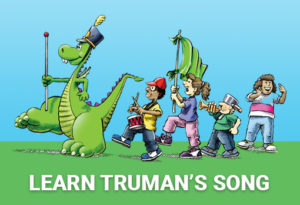Weather – Winter Precipitation
A snowflake begins to form when an extremely cold water droplet freezes onto a pollen or dust particle in the sky. This creates an ice crystal. As the ice crystal falls to the ground, water vapor freezes onto the crystal, building new crystals – the six arms of a snowflake. There are other types of winter precipitation besides snow, such as sleet and freezing rain. Do you know the difference? Sleet occurs when snowflakes only partially melt as they fall through a shallow layer of warm air. These slushy drops refreeze as they next fall through a deep layer of freezing air above the surface and eventually reach the ground as frozen raindrops that bounce on impact. Depending on the intensity and duration, sleet can accumulate on the ground much like snow. Freezing rain occurs when snowflakes descend into a warmer layer of air and melt completely. When these liquid water drops fall through another thin layer of freezing air just above the surface, they don’t have enough time to refreeze before reaching the ground. Because they are “supercooled,” they instantly refreeze upon contact with anything that is at or below freezing (32 degrees F), creating a glaze of ice on the ground, trees, power lines or other objects. Even light accumulations can cause dangerous travel, while heavier amounts can cause damage to trees and power lines. A significant accumulation of freezing rain lasting several hours or more is called an ice storm. No matter what type of winter precipitation is falling from the sky, it is best to be prepared. The National Weather Service has some great winter preparedness and safety materials that will help you and your family prepare for the upcoming winter season.





